When I ask you to highlight Fascinating facts about Iceland, what comes to your mind? Northern Lights? of course 😉.
Iceland is a small Nordic island nation that sits at the intersection of the Arctic and Atlantic Oceans. With its spectacular landscapes, vibrant culture, and rich history, it is no wonder that Iceland is a popular destination for travelers from all over the world. In this article, we will explore 10 fun facts about Iceland that make it a truly unique and fascinating country.
Introduction:
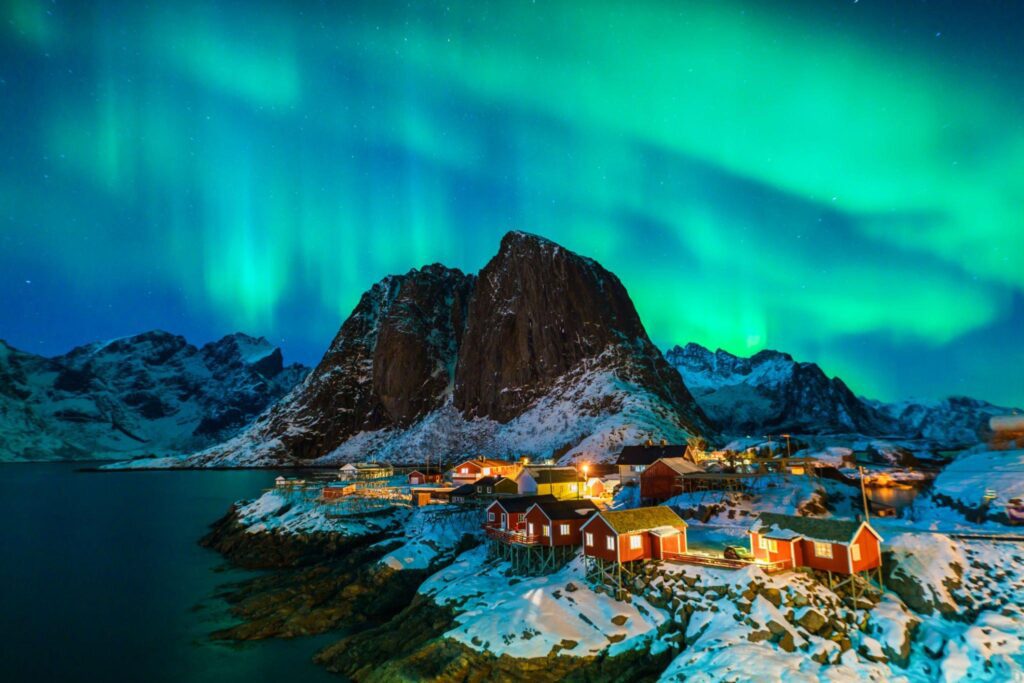
Iceland was first settled by Nordic and Gaelic people in the 9th century. The first known permanent settlement was established in 874 AD by Ingólfur Arnarson, a Norwegian Viking. Iceland was ruled by Norwegian and Danish monarchies until it gained independence in 1944. Today, Iceland is a democratic republic with a president as its head of state.
Geography of Iceland
Iceland is a volcanic island located on the Mid-Atlantic Ridge, where the North American and Eurasian tectonic plates meet. This unique position makes Iceland one of the most geologically active places on earth, with active volcanoes, geysers, hot springs, and glaciers. Iceland is also home to some of the largest glaciers in Europe, including Vatnajökull, the largest glacier in Europe by volume.
Culture of Iceland
Icelandic culture is rich and unique, shaped by its history, geography, and isolation. The Icelandic language is the country’s official language and is spoken by more than 90% of the population. Icelanders are known for their love of literature, music, and art. Icelandic literature dates back to the 12th century, with the Sagas of Icelanders being the most famous. Icelanders are also known for their traditional music, including the hauntingly beautiful chants called “rimur,” and their modern music scene, which includes artists like Björk and Sigur Rós.
1.The Land of Fire and Ice

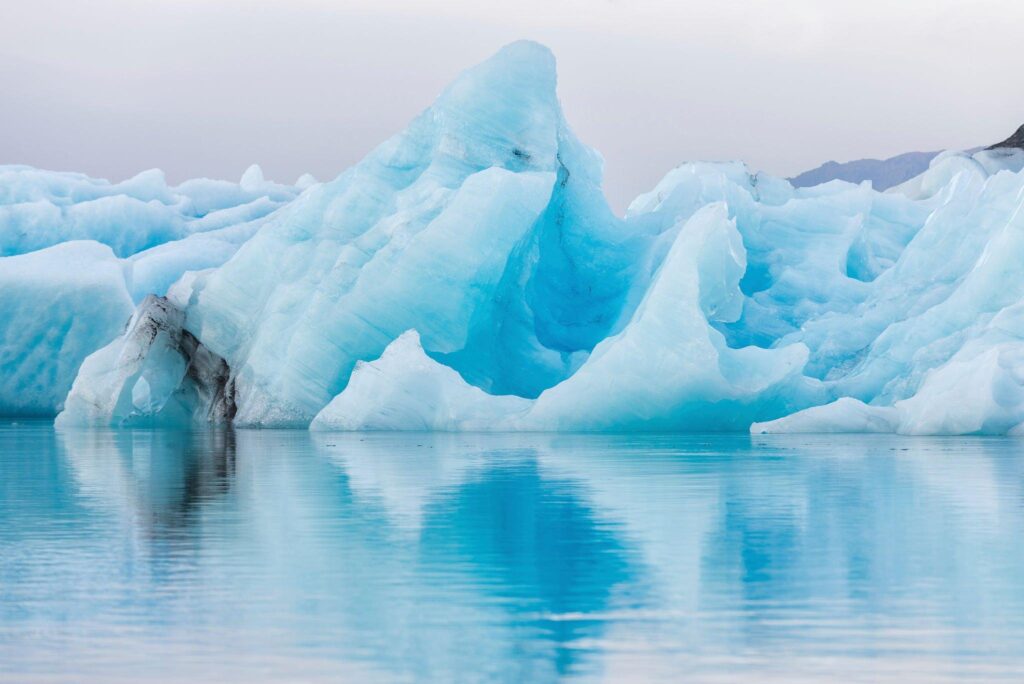
Iceland is known as the land of ice and fire because it is home to a unique combination of glaciers and volcanoes. The country sits on top of the Mid-Atlantic Ridge, where two tectonic plates, the North American Plate and the Eurasian Plate, are slowly moving apart.
As a result of this geological activity, Iceland has many active volcanoes and hot springs, which produce geothermal energy used to power the country. The volcanic activity also creates a rugged and dramatic landscape, with black sand beaches, lava fields, and towering mountains.It has more than 200 volcanoes, many of which are still active. One of Iceland’s most famous volcanoes, Eyjafjallajökull, erupted in 2010, causing widespread disruption to air travel across Europe.
At the same time, Iceland is covered in glaciers, which account for about 10% of the country’s land area. Vatnajökull, Europe’s largest glacier, which covers more than 8% of the country.
These glaciers are constantly moving and changing, carving out valleys and fjords as they go. The combination of the fiery volcanic activity and the icy glaciers is what gives Iceland its nickname as the land of ice and fire.
2. Icelandic Horses – a Unique Breed
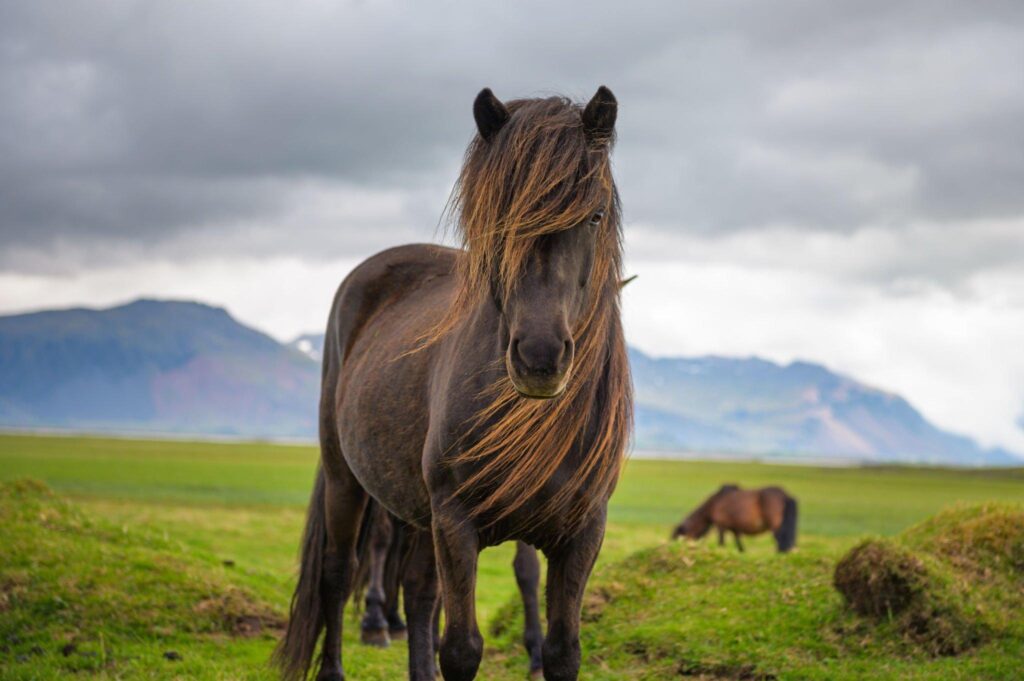
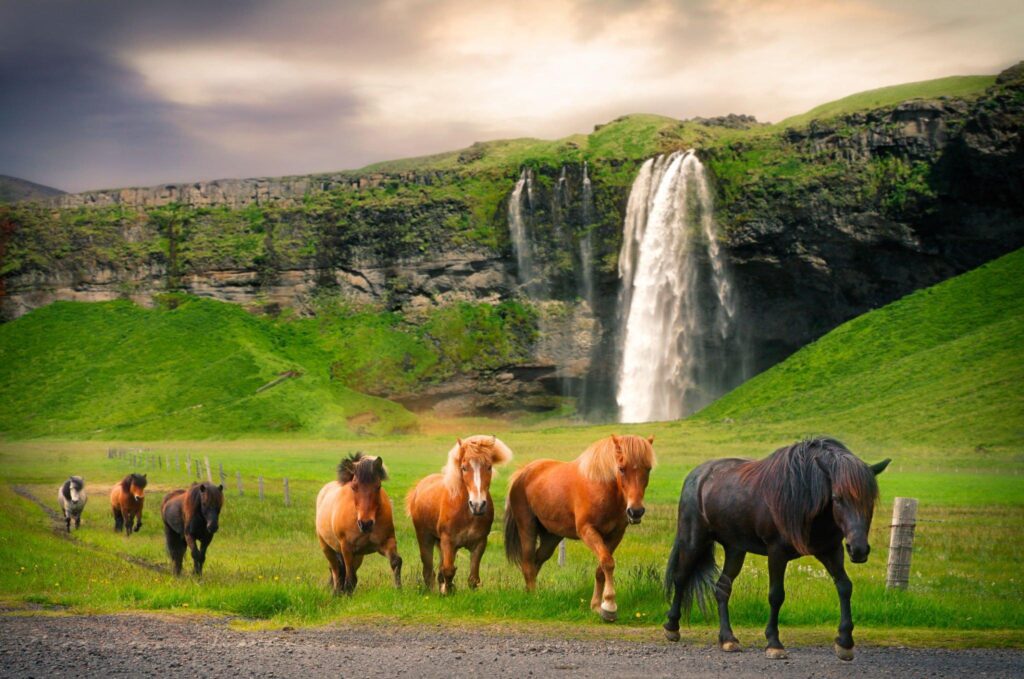
The Icelandic horse is a unique breed that has been isolated on the island for more than 1,000 years. It is small, sturdy, and hardy, and can tolerate harsh weather conditions. One of the most unique features of the Icelandic horse is its ability to perform five gaits, including the tölt, a smooth four-beat gait Icelandic horses are considered a unique breed for several reasons. First, they are one of the purest horse breeds in the world, having been isolated on the island of Iceland for over a thousand years. This isolation has allowed the breed to develop distinct characteristics that set them apart from other horses.
Unique Gait:
One of the most notable features of Icelandic horses is their unique gait, called the tölt. The tölt is a smooth, four-beat gait that is comfortable to ride, even at high speeds. Unlike other horse breeds, which typically have three or five gaits, Icelandic horses have five gaits, including the walk, trot, canter, tölt, and pace.
Adaptability:
Icelandic horses are also known for their hardiness and adaptability. They have a thick double coat that allows them to withstand harsh winter conditions, and they are able to survive on sparse vegetation.
Friendly Temperament:
Additionally, Icelandic horses have a friendly and curious temperament, making them a popular choice for riding and companionship.
Genetic Purity:
Because of their unique characteristics and purity, Icelandic horses are highly valued by horse enthusiasts around the world. In fact, the Icelandic horse is one of the few horse breeds that is not allowed to be imported into Iceland, in order to protect the breed’s genetic purity, which is similar to a running walk.
3. No Mosquitoes in Iceland

One of the most pleasant surprises for visitors to Iceland is the absence of mosquitoes. Due to its cold climate, Iceland is one of the few places in the world where mosquitoes do not exist. This makes oIceland is located in the subarctic region, where temperatures rarely exceed 20°C (68°F) during the summer months. This means that the breeding cycle of mosquitoes, which requires warm temperatures and stagnant water, is disrupted in Iceland. Additionally, the country’s terrain is dominated by volcanic rock, which does not allow for the formation of many ponds or marshes where mosquitoes could breed.
While Iceland may not have mosquitoes, it does have other biting insects, such as midges and blackflies, especially in the summer months. However, these insects are not as abundant or as much of a nuisance as mosquitoes can be in other parts of the world. Outdoor activities, such as hiking and camping, are much more enjoyable.
4. Elves, Trolls, and Huldufólk
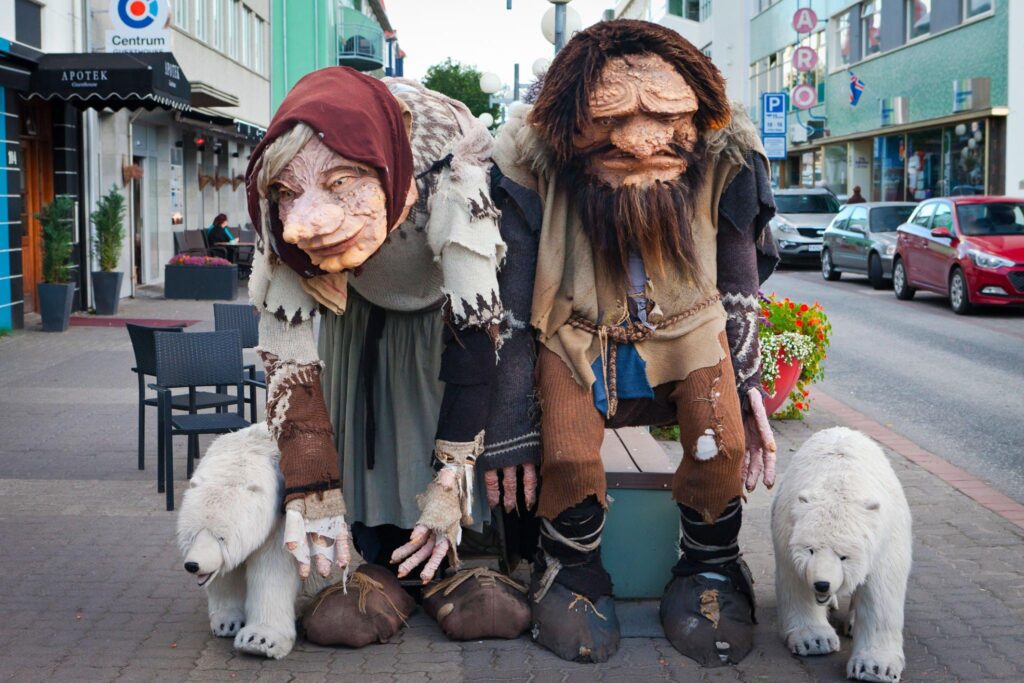
Icelandic folklore is rich in stories of elves, trolls, and huldufólk (hidden people). Many Icelanders believe in the existence of these supernatural beings and will even alter construction plans to avoid disturbing their habitats.
Elves, known as álfar in Icelandic, are supernatural beings that are said to live in rocks and hills. They are often depicted as small, human-like creatures with pointy ears and magical powers. Many Icelanders believe that elves can bring good luck or bad luck, and that it is important to treat them with respect.
Trolls, known as tröll in Icelandic, are also supernatural beings that are said to inhabit the Icelandic landscape. They are often depicted as large, ugly creatures with enormous strength and a propensity for mischief. Many Icelanders believe that trolls can be dangerous if provoked, and that it is best to avoid them altogether.
Huldufólk, which translates to “hidden people” in English, are similar to elves in that they are said to live in rocks and hills. However, huldufólk are considered to be a separate type of being, with their own unique characteristics and powers. They are often depicted as more human-like than elves, but with an otherworldly quality.
The belief in elves, trolls, and huldufólk is deeply rooted in Icelandic folklore, which has been passed down through generations. While some Icelanders may be skeptical of their existence, many others hold these beliefs as an important part of their cultural heritage. Some even believe that these beings are responsible for Iceland’s natural wonders, such as geysers and hot springs, and that it is important to protect them in order to maintain the balance of the natural world.
5. Icelanders Love their Hot Springs
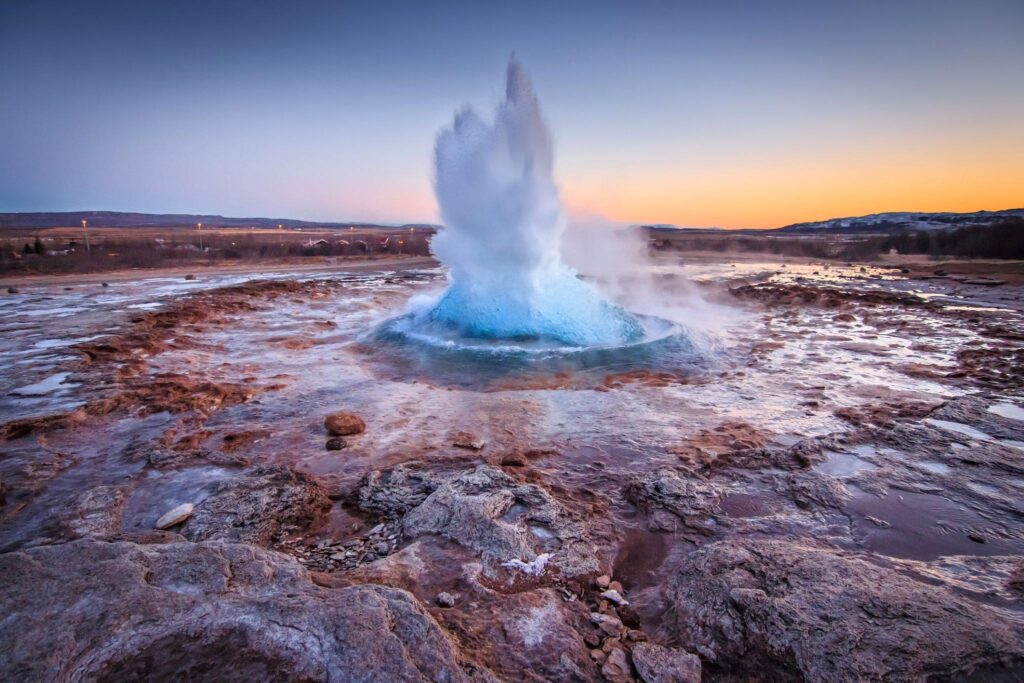
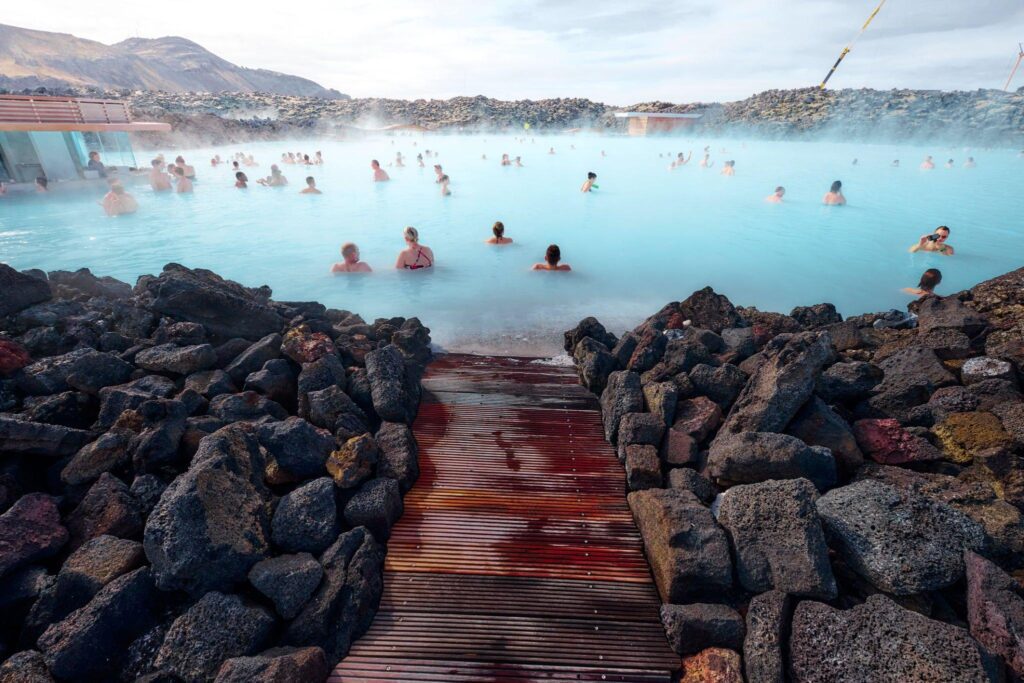
Iceland is home to more than 800 hot springs, many of which are open to the public. The Blue Lagoon, one of Iceland’s most famous hot springs, is located just outside of Reykjavik and is a popular destination for tourists. The hot springs are not only a great way to relax and unwind, but they are also said to have healing properties due to their high mineral content.
Icelanders enjoy their hot springs in a variety of ways. Hot springs, or “hot pots” as they are commonly called in Iceland, are a popular form of relaxation and socialization in the country. Here are a few ways that Icelanders enjoy their hot springs:
Soaking:
The most common way to enjoy a hot spring is to simply soak in the warm water. Icelanders will often spend hours in a hot pot, chatting with friends and enjoying the scenery.
Swimming:
Many hot springs in Iceland are part of larger swimming pools, and Icelanders will often swim laps or do other water-based exercises before or after soaking in the hot water.
Sauna:
Some hot springs in Iceland are paired with a sauna, which is used to relax and detoxify the body. Icelanders may alternate between the hot spring and the sauna for the ultimate relaxation experience.
Snow roll:
In the winter months, some Icelanders will jump out of the hot spring and roll around in the snow before jumping back in. This is said to improve circulation and provide a refreshing contrast to the warm water.
Nighttime relaxation:
Many Icelanders enjoy soaking in hot springs at night, when the stars are out and the air is crisp. Some hot springs are even open 24 hours a day, allowing Icelanders to enjoy a soak at any time of day or night.
Overall, hot springs are an important part of Icelandic culture and a great way to relax and unwind. Whether soaking alone or with friends, Icelanders take full advantage of the natural wonders that their country has to offer.
6. Icelandic Naming Conventions

Icelandic naming traditions are distinctly unique, as they adhere to a patronymic naming structure wherein an individual’s last name is derived from their father’s first name. For example, if a man named Jón were to sire a son named Guðmundur, Guðmundur’s last name would be Jónsson, indicating his paternity.
This system has been in place in Iceland for centuries, and it has been deeply ingrained into Icelandic culture. It is believed to have originated from the country’s Viking legacy, wherein family bonds and lineage held significant value. The patronymic system enables Icelanders to trace their ancestry back for numerous generations, and many individuals can recite their family history stretching back centuries.
In addition to the patronymic system, Iceland has a tradition of using unusual given names. In reality, there is a group known as the Icelandic Naming Committee that is tasked with approving new names and ensuring that they meet specific criteria. Names must follow Icelandic grammar and be consistent with the country’s naming practices. For instance, names cannot contain letters that are not part of the Icelandic alphabet, and they must be gender-specific.
Overall, Icelandic naming customs are exceptional, and they reflect the country’s deep roots in Viking traditions and culture. While they may differ from naming traditions in other countries, they are a crucial part of Icelandic heritage and identity.
7. Iceland is a Nation of Readers


Iceland is a nation of readers, with more books published per capita than any other country in the world. The Icelandic literary tradition dates back to the medieval sagas, and today, Icelanders continue to value reading and storytelling as an important part of their culture.
The nation of Iceland has long been renowned for its impressive literary prowess. Despite its relatively small size, Iceland is home to a populace of roughly 350,000 people who are well-known for their love of books and appreciation for the written word. But what is it that makes Icelanders such enthusiastic readers?
One crucial aspect is the country’s deep literary legacy. Iceland boasts a rich storytelling tradition that dates back centuries, with many of these tales having been passed down through generations via the oral tradition. Furthermore, Iceland has a longstanding history of written literature, with numerous renowned Icelandic sagas and poems having been composed during the Middle Ages.
Another key element is Iceland’s contemporary outlook on education. The nation places a high value on literacy, with young children being taught how to read and write from an early age. Additionally, Iceland boasts a robust public education system that provides free education to all children, irrespective of their socio-economic background.


The Icelandic society also places a high value on reading and literature. The nation’s vibrant literary scene comprises numerous bookstores, libraries, and literary festivals. In fact, Iceland publishes more books per capita than any other country worldwide, and the annual Reykjavik International Literary Festival is a veritable magnet for writers and bibliophiles from across the globe.
Finally, Iceland’s natural beauty and geographic isolation could be viewed as playing a role in the country’s affection for literature. With long, dark winters and limited daylight hours, many Icelanders turn to books as a source of entertainment and a means of escape. Moreover, with a comparatively small population and a robust sense of community, reading and discussing literature represents a way for Icelanders to connect with one another and explore their shared cultural heritage.
In summary, Iceland’s fervent appreciation for literature is the product of an unusual blend of factors, including a rich literary heritage, an innovative approach to education, a thriving literary scene, and a cultural reverence for storytelling and literature. It serves as a testament to the transformative power of literature in bringing people together and enriching our lives.
8. The Icelandic Language is Unique
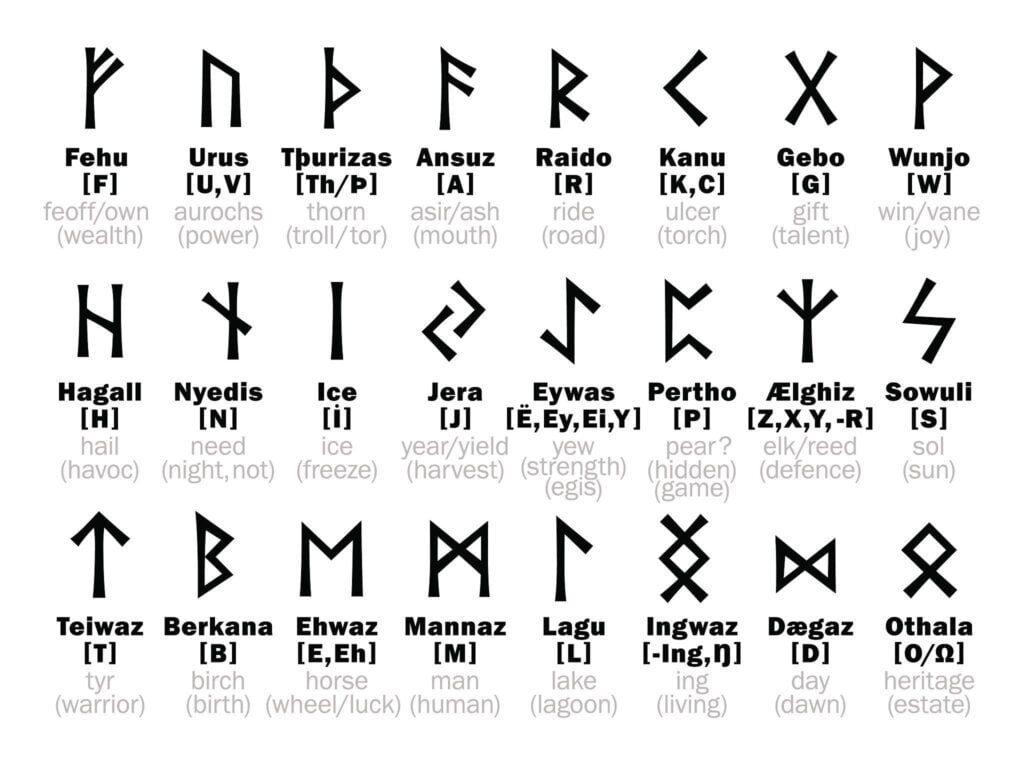
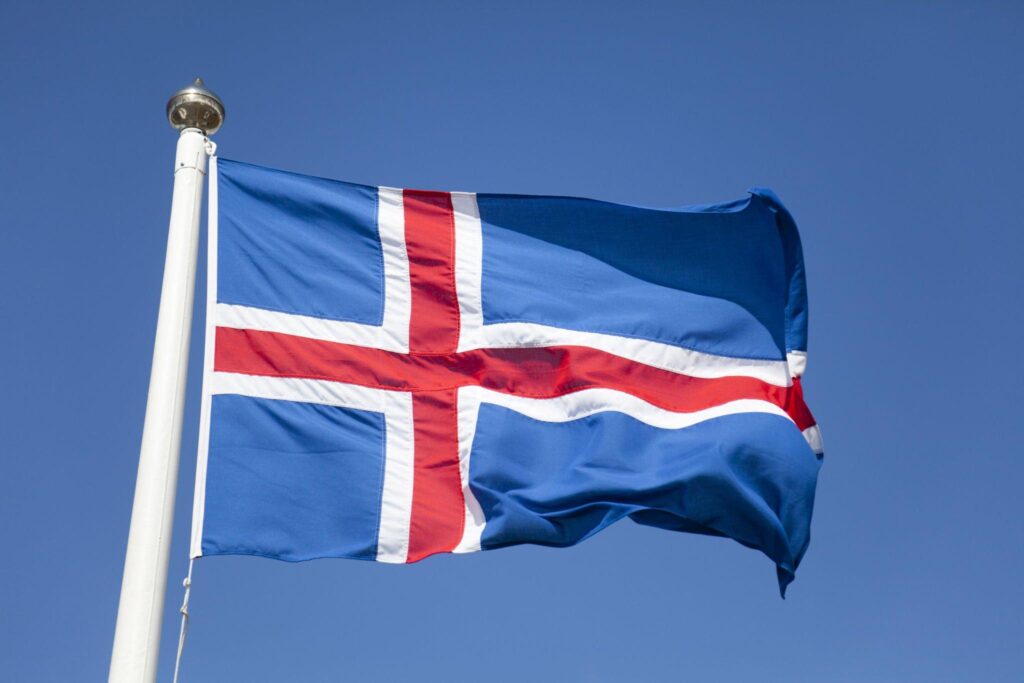
The Icelandic language is one of the most unique languages in the world, with a grammar and vocabulary that has changed very little over the centuries. This means that modern-day Icelanders can still read and understand the sagas that were written over 800 years ago. Icelandic is also one of the The Icelandic language is considered unique for several reasons:
Preservation of Old Norse:
Icelandic is one of the closest modern languages to Old Norse, the language of the Vikings. It has changed very little since the 13th century, which means that Icelandic speakers can still read medieval Icelandic sagas and literature with relative ease.
Isolation:
Iceland is a small island in the middle of the North Atlantic, and its people have historically had very little contact with other countries or cultures. This isolation has allowed the Icelandic language to develop independently and to remain relatively pure.
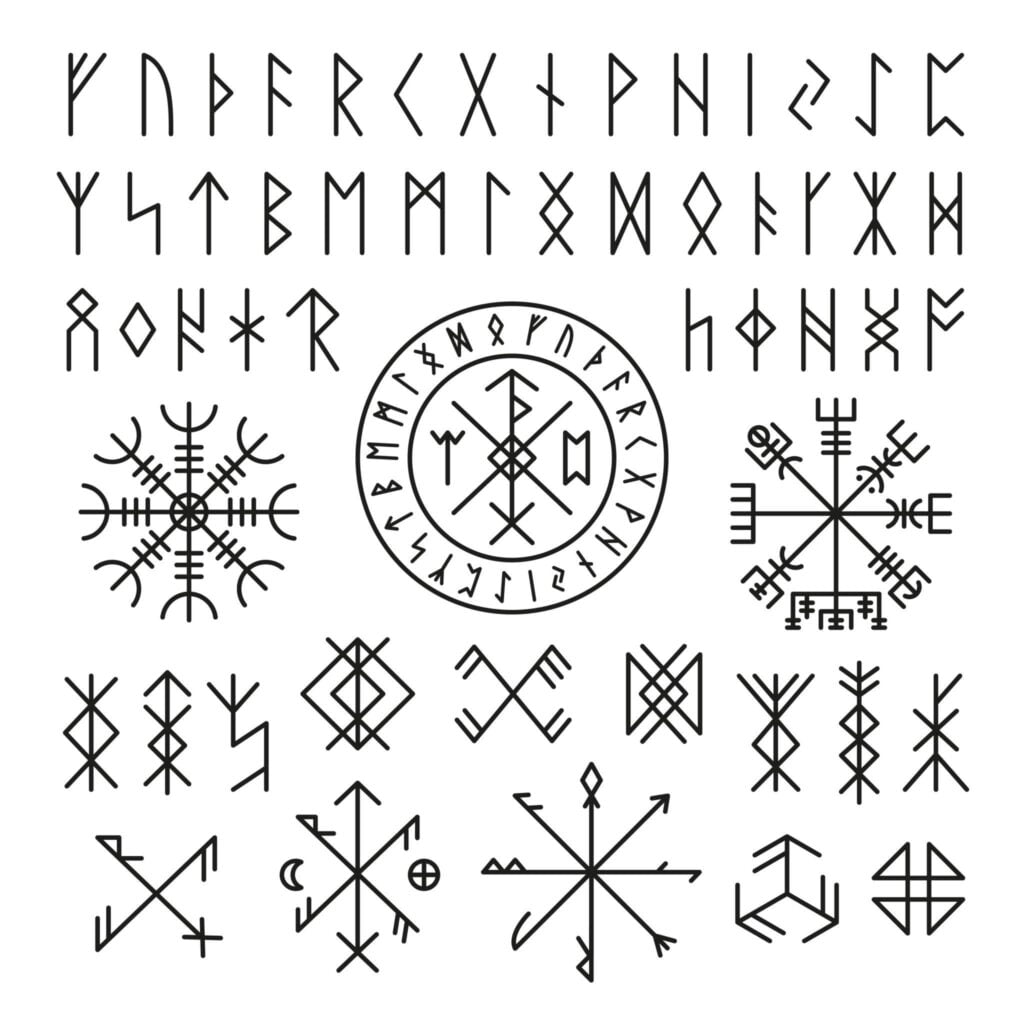
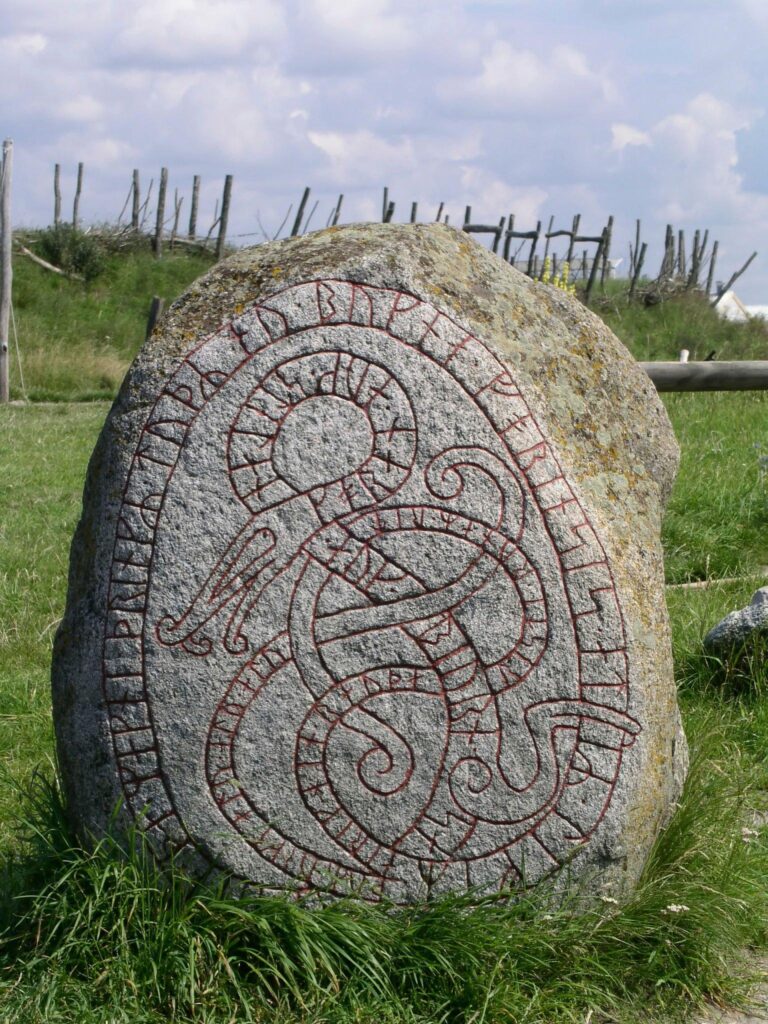
Linguistic conservatism:
Icelanders are very proud of their language and are actively involved in its preservation. They have resisted many of the linguistic changes that have affected other languages, such as the adoption of loanwords from English or other languages. The Icelandic Language Institute, founded in 1964, is responsible for regulating the Icelandic language and promoting its use.
Complex grammar:
Icelandic has a complex grammar with many inflections and declensions, making it challenging to learn for non-native speakers. For example, there are four cases (nominative, accusative, dative, and genitive) and two numbers (singular and plural), and verbs can have up to ten different tenses.
Overall, the combination of historical isolation, linguistic conservatism, and complex grammar has resulted in a unique and fascinating language that is both challenging and rewarding to learn few languages that still use the runic alphabet, known as Futhark.
9. The Northern Lights
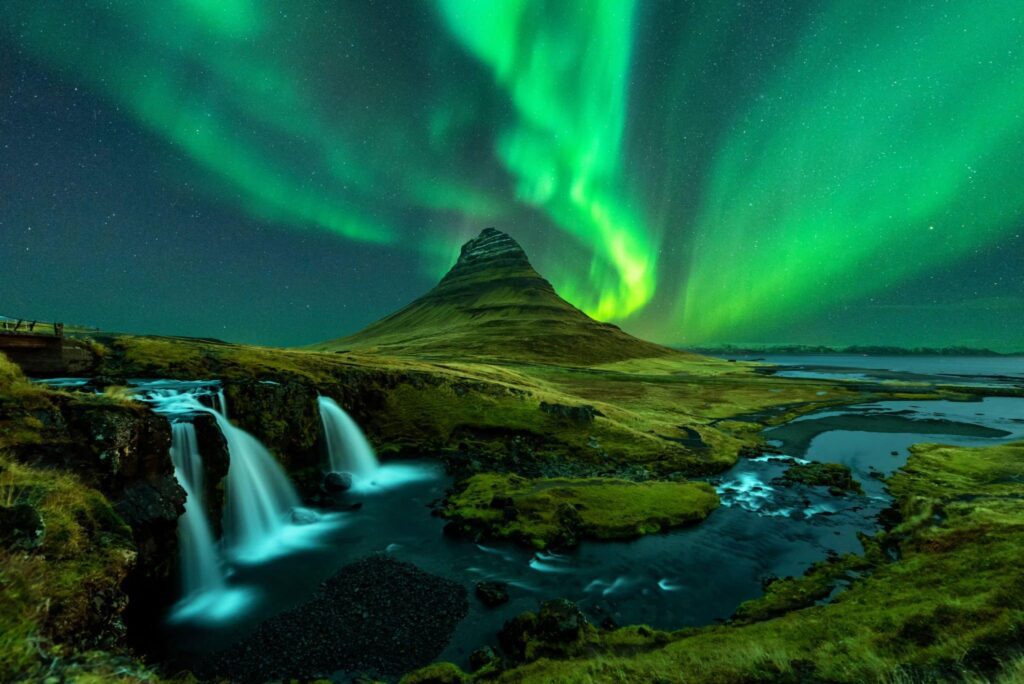
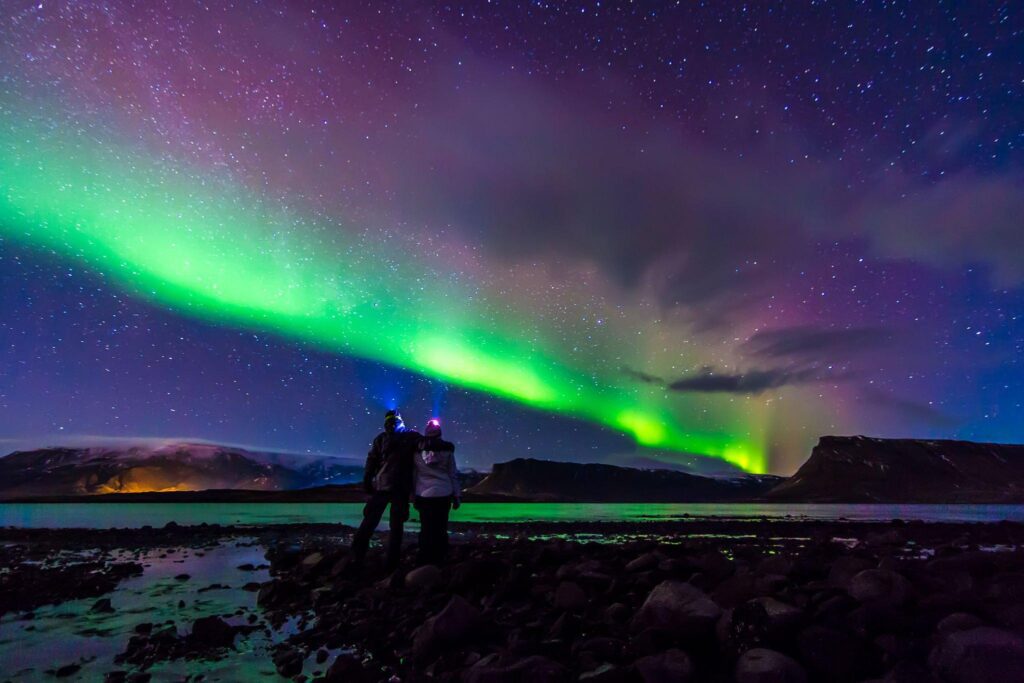
The Northern Lights, or Aurora Borealis, is a natural phenomenon that occurs in the polar regions. Iceland is one of the best places in the world to see the Northern Lights, with many tour operators offering guided tours to witness this breathtaking display of nature. The Northern Lights are caused by particles from the sun colliding with the Earth’s atmosphere, creating a stunning light show that can be seen in shades of green, pink, and purple.
The stunning natural wonder that is the Aurora Borealis, also known as the Northern Lights, is the result of a mesmerizing collision between solar wind particles and the Earth’s magnetic field and atmosphere. The impact of these particles generates energy, which is then emitted in the form of a vibrant light show in the sky.
This celestial phenomenon can only be observed in the polar regions of the Earth, encompassing Canada, Alaska, Scandinavia, and Russia.

The colors that illuminate the night sky during this spectacular event are determined by the composition of gas particles present in the Earth’s atmosphere, specifically oxygen and nitrogen. Green and red hues result from the collision with oxygen particles, while nitrogen particles produce blue and purple hues.
The Northern Lights are more likely to appear during periods of heightened solar activity, which occur approximately every 11 years. Experts predict that the next peak in solar activity will take place in 2025.
For the ultimate viewing experience of this jaw-dropping spectacle, head to the polar regions during winter when the nights are at their longest and darkest. Gotta find a spot with dark skies and no light pollution if you wanna up your chances of catching the Northern Lights.
Move over Northern Lights, the Southern Hemisphere has its own stunning light show called the Aurora Australis or Southern Lights.
Looks like the Northern Lights are a pretty big deal for indigenous cultures – they see them as super spiritual and magical, and even have stories about gods and spirits connected to them. Cool, huh?
The Northern Lights are simply spellbinding! This natural wonder never fails to captivate and enchant folks from all corners of the globe.
10. Iceland is a Haven for Wildlife
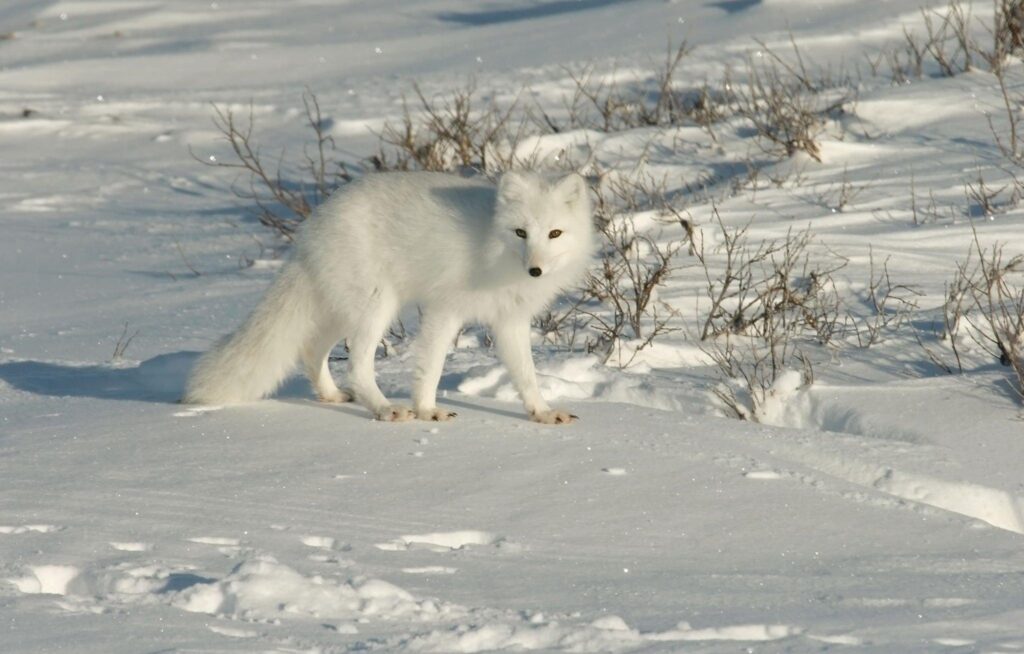
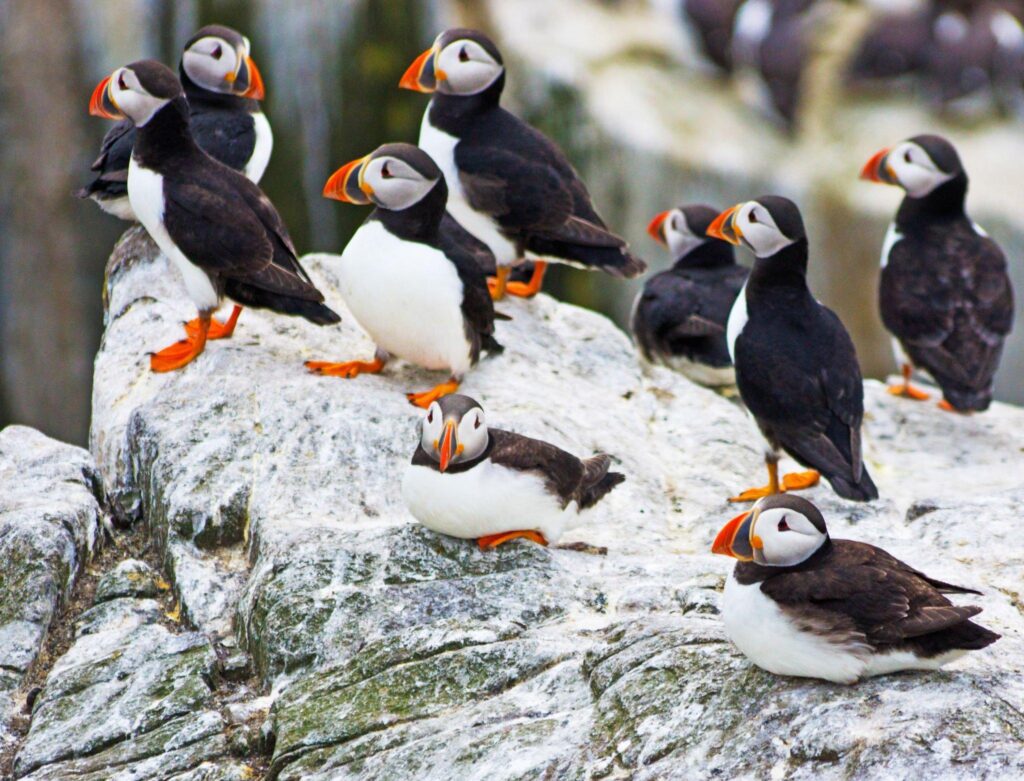
Iceland’s got quite the crew of critters, from puffins and whales to seals and reindeer. Looks like these critters are living their best lives thanks to the country’s awesome geography and climate! Iceland’s amazing creatures can be spotted in their natural habitat through guided tours, such as whale watching or puffin spotting excursions.
Iceland is home to several unique species of wildlife due to its isolated location and harsh climate. Here are some examples:
Puffins:
Puffins are perhaps the most iconic of Iceland’s wildlife. These cute and colorful seabirds nest in cliffs and burrows around Iceland’s coasts, and can be seen from May to August. Iceland is home to about 60% of the world’s population of Atlantic puffins.
Arctic Foxes:
The Arctic fox is the only mammal native to Iceland. It has adapted to the harsh climate by growing a thick white coat in winter, and turning brown in summer. Arctic foxes can be found all over Iceland, and are most commonly seen in the Westfjords.
Whales:
Iceland is one of the best places in the world to see whales. Several species, including humpback, minke, and orca, can be seen on whale watching tours from Reykjavik and other coastal towns. The waters around Iceland are also home to dolphins and porpoises.
Reindeer:
Reindeer were introduced to Iceland in the 18th century, and now roam freely in the Eastfjords and other remote areas. They are most commonly seen in winter, when they come down from the mountains to feed.
Seals:
Iceland is home to several species of seals, including harbor seals, grey seals, and hooded seals. They can be seen on tours from Reykjavik and other coastal towns.
Overall, Iceland’s wildlife is diverse and fascinating. Visitors can see puffins and Arctic foxes up close, go whale watching, or simply enjoy the natural beauty of the country’s remote landscapes.
Conclusion:
Iceland is a truly remarkable destination that provides travelers with an opportunity to experience a world that is unlike any other. One cannot miss Iceland, with its surreal landscapes and fascinating cultural and historical heritage.
1. Is Iceland expensive to visit?
Yes, Iceland can be expensive to visit, especially when it comes to accommodations and dining.
2. What is the best time of year to visit Iceland?
The best time to visit Iceland is during the summer months, from June to August, when the weather is milder and there is more daylight.
3. Can you swim in the hot springs in Iceland?
Yes, many of the hot springs in Iceland are open for swimming and are a popular activity for visitors.
4. What is Icelandic cuisine like?
Icelandic cuisine is known for its use of seafood, lamb, and dairy products. Some popular dishes include Icelandic lamb soup and fermented shark.
5. Do I need a visa to visit Iceland?
It depends on your country of origin. Visitors from the EU, EEA, and Schengen countries do not need a visa, while visitors from other countries may need to obtain a visa before traveling to Iceland.

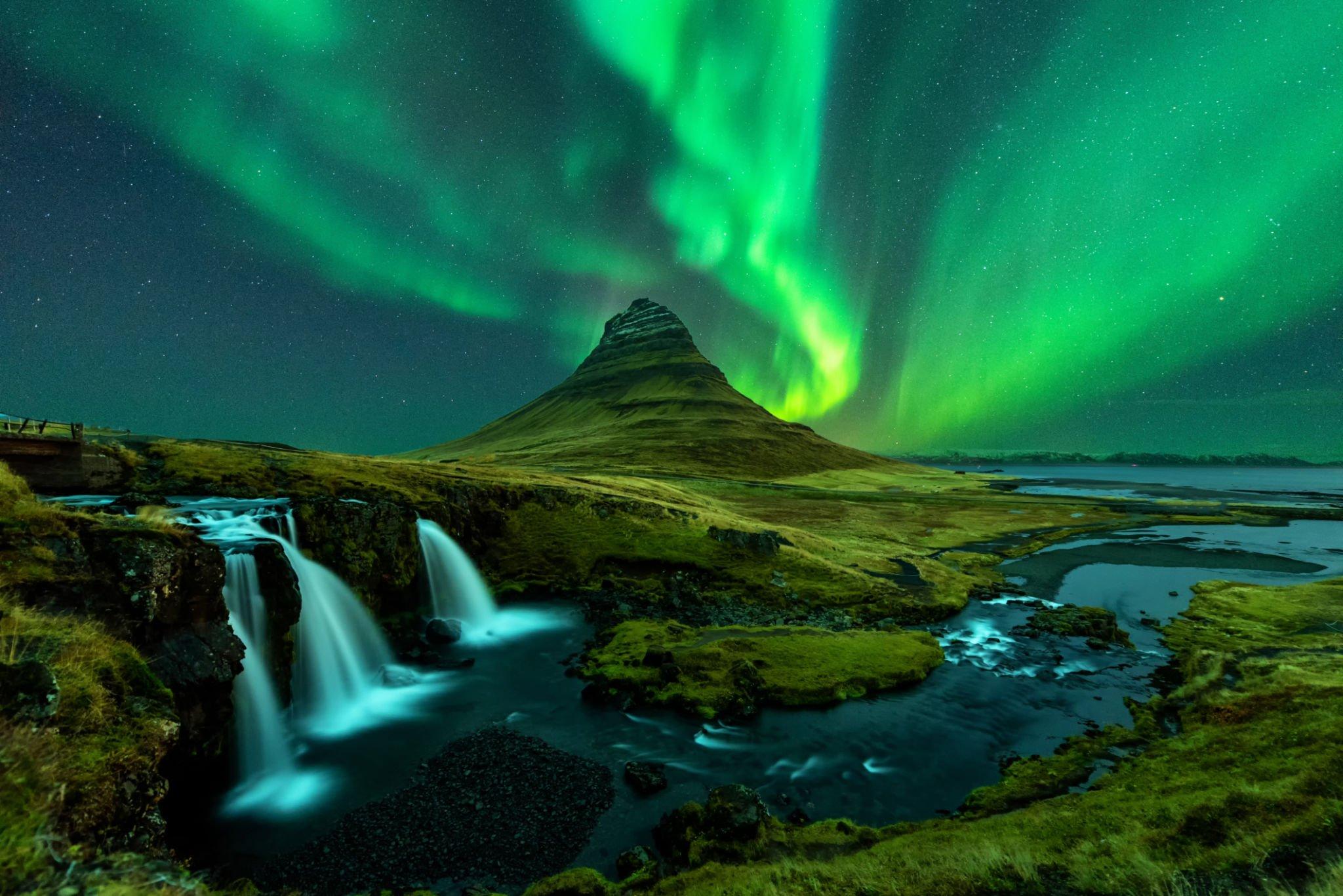
0 Comment